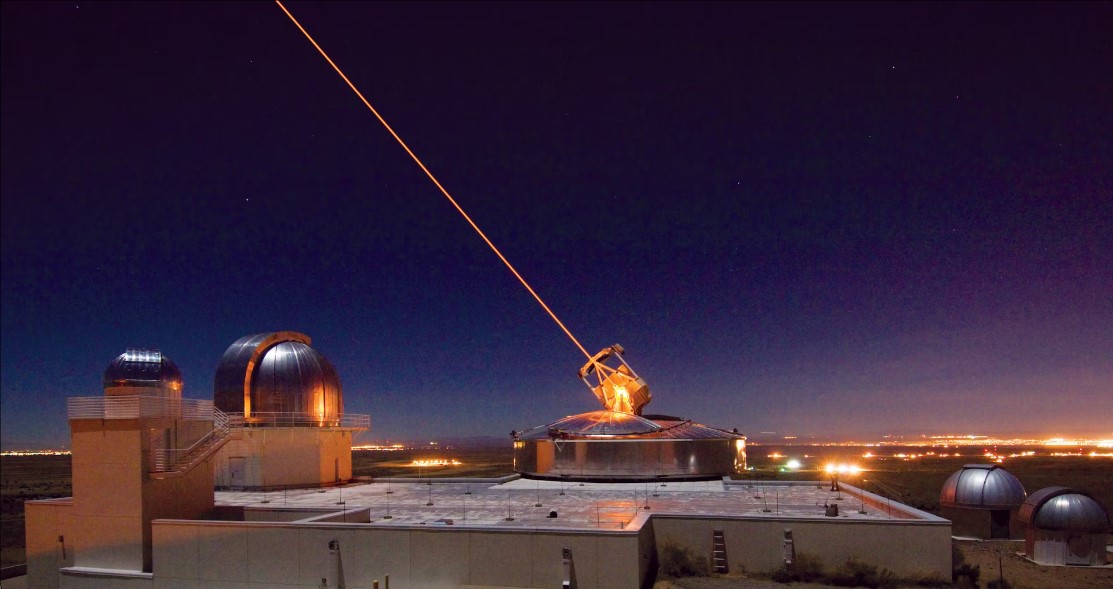China's Latest DF-31AG ICBM Test: A Strategic Leap in Global Missile Capabilities

China’s recent intercontinental ballistic missile (ICBM) test has brought renewed attention to the missile technology underpinning its strategic nuclear capabilities. The missile in question, a variant of the Dong Feng-31 (DF-31), highlights a significant step forward in China’s long-range missile program. Although Beijing hasn’t officially disclosed the specific missile used, military analysts, comparing public images from the launch, suggest it was the DF-31AG, a modernized variant of the DF-31.
The DF-31 Family: From Legacy to Innovation
The DF-31, first introduced in 2006, is one of China’s premier ICBMs, part of the People’s Liberation Army (PLA) Rocket Force’s growing arsenal. Its introduction marked China’s shift toward more modern, mobile nuclear delivery systems. This missile is a three-stage, solid-fueled weapon capable of carrying a single nuclear warhead or a Multiple Independently Targetable Reentry Vehicle (MIRV) with up to three or four smaller warheads. These can be deployed to hit multiple targets across vast distances, enhancing its strategic deterrent capabilities.
While China has other ICBMs like the DF-5 (dating back to the 1970s) and the more advanced DF-41, the DF-31 family occupies a unique position due to its mobility and flexibility. The DF-31A, an improved version with extended range capabilities, and the DF-31AG, a more recent variant designed for off-road mobility, make up the core of China’s modern missile deterrent.
The DF-31AG: Mobility and Range
The DF-31AG variant, first unveiled in 2017, brought crucial upgrades to the DF-31 platform. It has a range of around 13,200 km (8,200 miles), allowing it to strike targets across continents, including most of the United States. One of the primary advancements in the DF-31AG is its off-road mobility, which contrasts with earlier road-mobile systems like the DF-41 that are restricted to established road networks. This off-road capability allows the DF-31AG to be deployed in diverse terrains, making it harder for adversaries to track or target the missile's launch sites.
This mobility serves an essential strategic purpose: survivability. The ability to relocate missiles across rough terrains makes them less vulnerable to enemy strikes during a conflict. Unlike silo-based ICBMs, which are fixed targets, a mobile missile system like the DF-31AG can be hidden or moved quickly, increasing its chances of surviving a preemptive strike. This enhances China's second-strike capability, a key factor in nuclear deterrence.
The Test and Its Strategic Implications
The recent test saw the DF-31AG travel approximately 12,000 km from its launch site in Hainan province, passing over the South China Sea and landing near the Marquesas Islands in the Pacific Ocean. This test, notably the first time in over four decades that China has tested an ICBM beyond its own airspace, demonstrates the PLA's commitment to validating the full operational range of its missiles.
Analysts believe the purpose of this test was to assess the DF-31AG's real-world performance, particularly in long-range strike scenarios. Fu Qianshao, a former PLA equipment specialist, emphasized the importance of testing the missile’s full-range capabilities, as previous tests had not pushed the DF-31 to its maximum range. This trial likely allowed Chinese engineers to gather valuable data on flight performance, reentry dynamics, and targeting accuracy, all critical to ensuring the missile’s reliability under combat conditions.
The missile was launched with a dummy warhead, a common practice in such tests, and traveled over international waters, likely to simulate realistic operational conditions. According to analysts like Malcolm Davis from the Australian Strategic Policy Institute, the off-road mobility of the DF-31AG was likely a crucial aspect of this test, allowing China to assess the system's effectiveness when launched from rugged, less predictable environments.
Growing China's Nuclear Arsenal
This test also fits within the broader context of China’s rapidly expanding nuclear capabilities. According to a 2022 Pentagon report, China’s PLA Rocket Force possesses around 350 ICBMs, and the number of launchers has doubled in recent years. The Stockholm International Peace Research Institute (SIPRI) estimates that China has added around 90 warheads to its stockpile over the last year, bringing its total to approximately 500. Projections suggest that China could surpass the United States and Russia in the number of ICBMs within the next decade.
The DF-31AG plays a pivotal role in this expansion. There are currently three known DF-31AG brigades, with around 36 launchers deployed in strategically important provinces like Gansu, Hunan, and Henan. These brigades are supplemented by earlier DF-31 variants, creating a robust network of ICBM forces across the country. As China enhances its nuclear capabilities, these mobile, highly survivable missile systems are expected to be a cornerstone of its deterrence strategy.
China’s test of the DF-31AG reflects its broader ambitions to modernize and expand its nuclear forces. The test marks a critical step in ensuring that China’s ICBMs are fully capable of long-range strikes, reinforcing its deterrence capabilities. With growing numbers of missiles, improved mobility, and a more substantial warhead stockpile, the PLA is positioning itself as a formidable nuclear power in the global arena.
As international tensions persist, China’s ability to deploy mobile ICBMs like the DF-31AG with a range that puts most of the world within reach will likely play a significant role in shaping global strategic balances for years to come.



